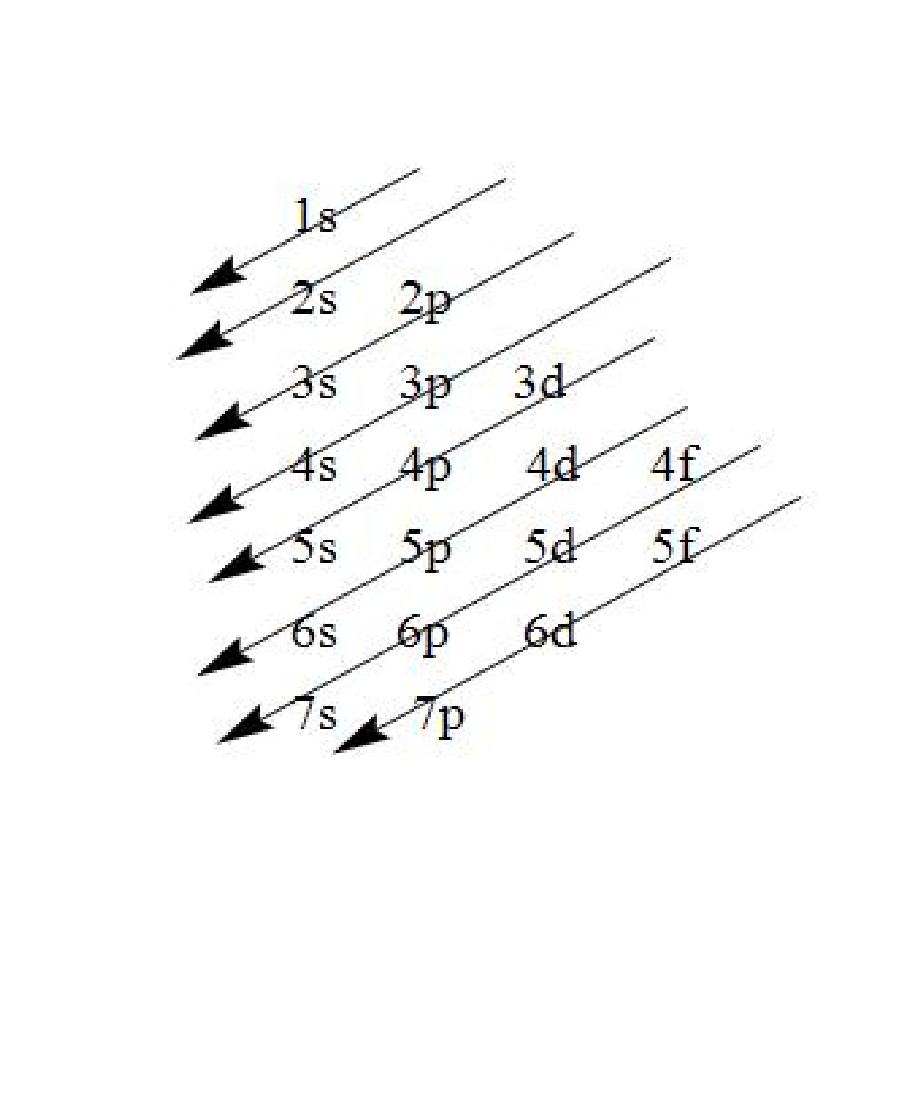
What is the ground state electronic configuration of the
(a)
(b)
(c)
(d)
Answer
482.1k+ views
Hint:
Complete answer:
In the modern periodic table, the physical and chemical properties of the elements are the periodic functions of their atomic weights and the long period table has been divided into the periods (horizontal rows) and groups (vertical columns). In terms of the electron configuration, a group consists of a series of elements which have the same outermost electronic configurations but they have different total numbers of electrons. In the periodic table, there are a total 18 groups and 7 periods in all. The whole elements in the periodic table has been divided into the four blocks i.e. s, p ,d and f- blocks elements. The given manganese ion belongs to the d-block elements and here the last electron enters the d orbital. It occupies the 4 th period and 7th group of the periodic table. It has an atomic number as 25 and mass number as 54. In the outermost valence shell, the manganese atom has six electrons in the d-orbital and two electrons in the s-orbital and the ground state electronic configuration of manganese atom in the ground state is as:
After the loss of two electrons from the 4s orbital, manganese acquires positive charge i.e.
Hence, the ground state electronic configuration of the
So, option (c) is correct.
Note: When we write the electronic configuration of any element, the electrons are filled according to the Aufbau principle i.e. the electrons are first filled in the orbitals having lower energy followed by orbitals having higher energy as indicated by the arrows.

Complete answer:
In the modern periodic table, the physical and chemical properties of the elements are the periodic functions of their atomic weights and the long period table has been divided into the periods (horizontal rows) and groups (vertical columns). In terms of the electron configuration, a group consists of a series of elements which have the same outermost electronic configurations but they have different total numbers of electrons. In the periodic table, there are a total 18 groups and 7 periods in all. The whole elements in the periodic table has been divided into the four blocks i.e. s, p ,d and f- blocks elements. The given manganese ion belongs to the d-block elements and here the last electron enters the d orbital. It occupies the 4 th period and 7th group of the periodic table. It has an atomic number as 25 and mass number as 54. In the outermost valence shell, the manganese atom has six electrons in the d-orbital and two electrons in the s-orbital and the ground state electronic configuration of manganese atom in the ground state is as:
After the loss of two electrons from the 4s orbital, manganese acquires positive charge i.e.
Hence, the ground state electronic configuration of the
So, option (c) is correct.
Note: When we write the electronic configuration of any element, the electrons are filled according to the Aufbau principle i.e. the electrons are first filled in the orbitals having lower energy followed by orbitals having higher energy as indicated by the arrows.

Latest Vedantu courses for you
Grade 10 | CBSE | SCHOOL | English
Vedantu 10 CBSE Pro Course - (2025-26)
School Full course for CBSE students
₹37,300 per year
EMI starts from ₹3,108.34 per month
Recently Updated Pages
Master Class 9 General Knowledge: Engaging Questions & Answers for Success

Master Class 9 English: Engaging Questions & Answers for Success

Master Class 9 Science: Engaging Questions & Answers for Success

Master Class 9 Social Science: Engaging Questions & Answers for Success

Master Class 9 Maths: Engaging Questions & Answers for Success

Class 9 Question and Answer - Your Ultimate Solutions Guide

Trending doubts
State and prove Bernoullis theorem class 11 physics CBSE

What are Quantum numbers Explain the quantum number class 11 chemistry CBSE

Who built the Grand Trunk Road AChandragupta Maurya class 11 social science CBSE

1 ton equals to A 100 kg B 1000 kg C 10 kg D 10000 class 11 physics CBSE

State the laws of reflection of light

One Metric ton is equal to kg A 10000 B 1000 C 100 class 11 physics CBSE




